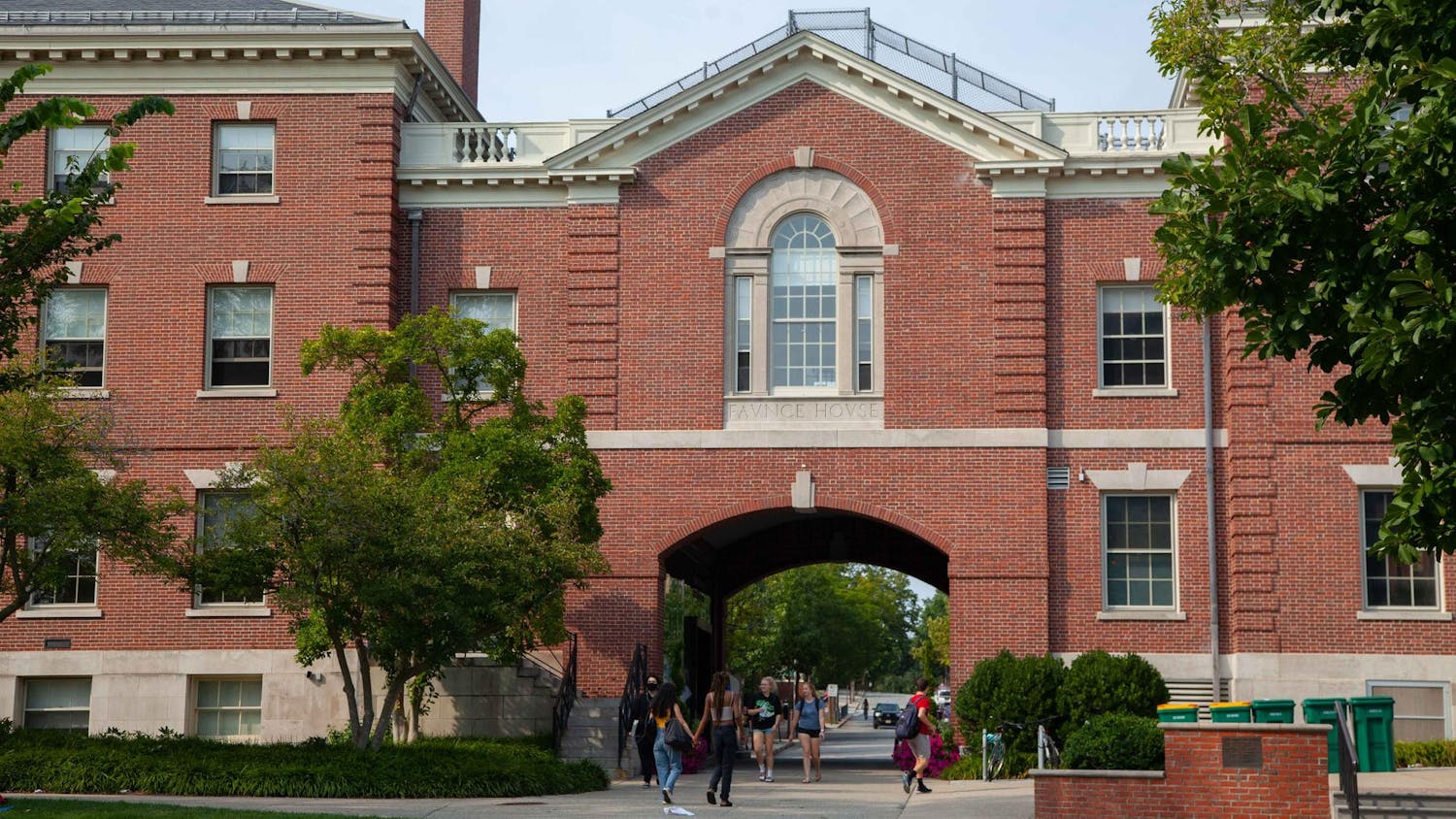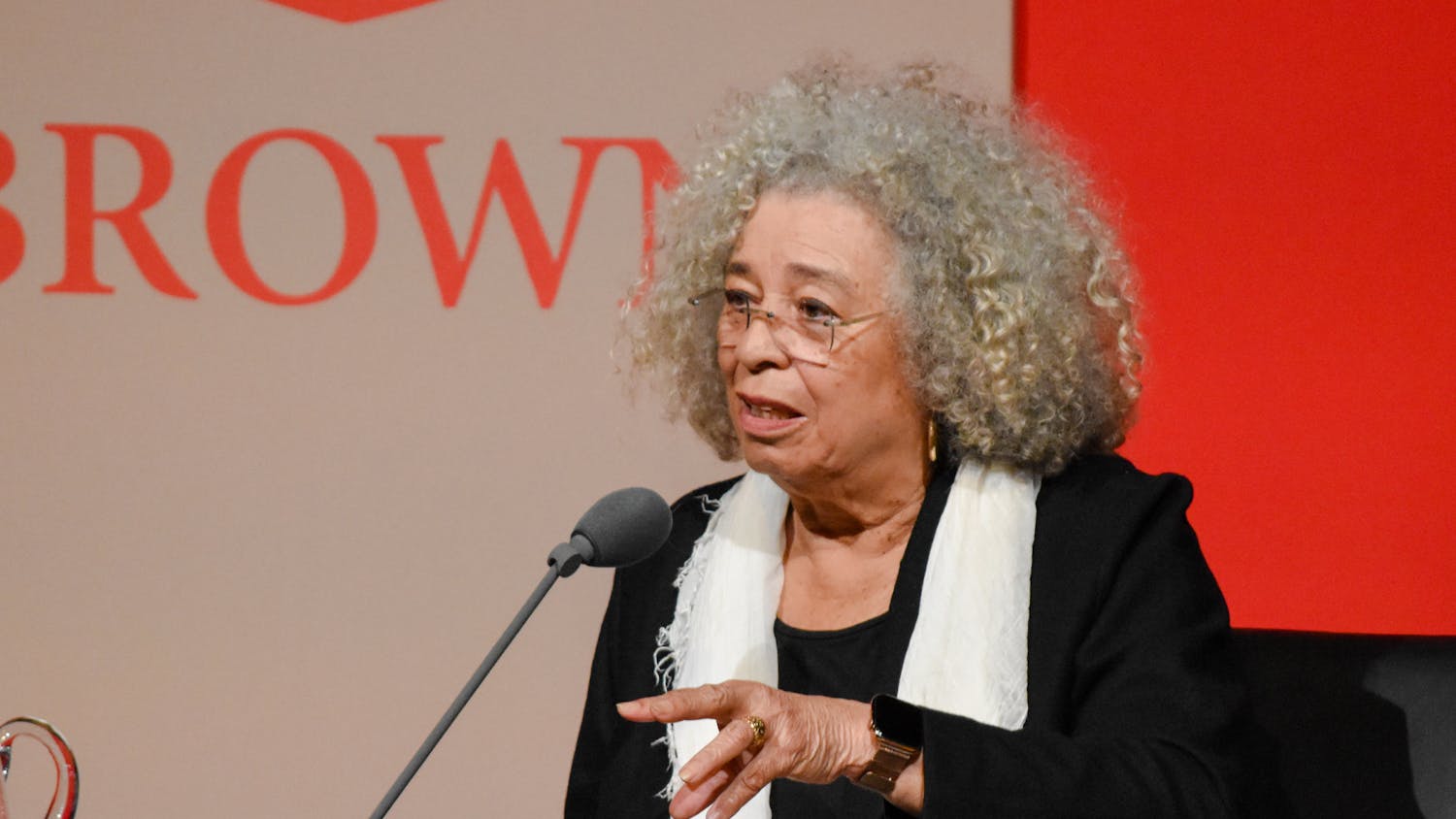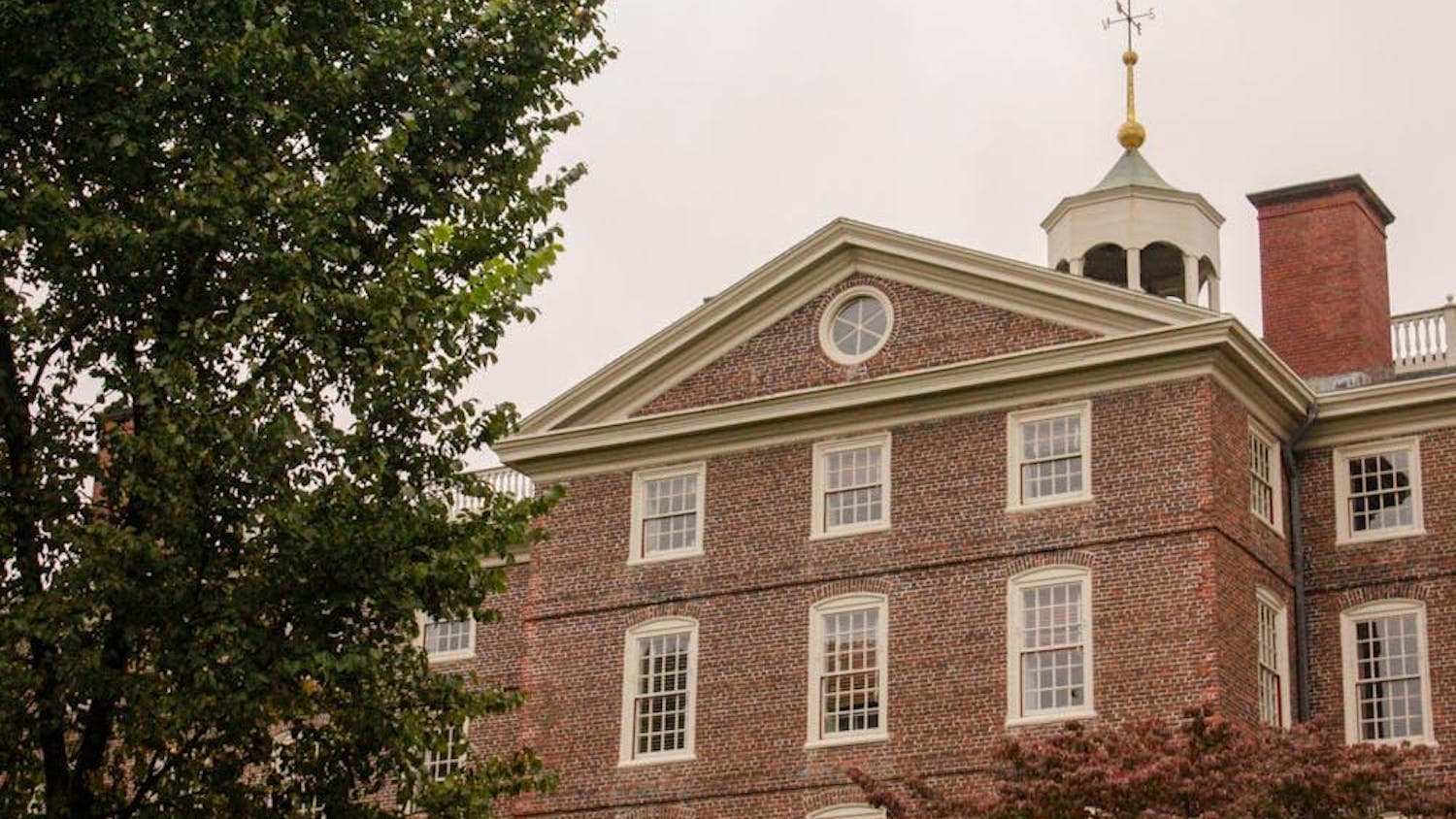University rankings hit the Internet every September, commanding the attention of administrators, prospective students and their parents.
Though rankings often inspire confusion and frustration, they have left an indelible mark on the college search process, setting the framework in which many applicants imagine their place among the United States’ thousands of higher education institutions.
The U.S. News and World Report, which produces the list widely considered the benchmark for American institutions, released its 30th annual national universities rankings Sept. 9. Brown fell to 16th place, last in the Ivy League, prompting questions about what factors into the rankings, how much weight they should be assigned and who is taking them into consideration.
Money talks
Financial weaknesses encumber the University. In the financial resources category, which accounts for 10 percent of the overall U.S. News ranking, the University places 24th, significantly trailing this year’s second-lowest Ivy, Cornell, which comes in at 17th.
The category includes per-student spending on instruction, research and student services, but the ramifications of a less-than-robust portfolio reach beyond this measure, most notably impacting faculty resources, the second area in which the University’s comparative disadvantage is most pronounced.
Faculty resources make up one-fifth of a university’s total ranking and are determined by salary, class size, the proportion of faculty members with the highest degree in their field, the student-faculty ratio and the percentage of full-time faculty members. By this standard, the University is 17th in the nation and seventh in the Ivy League, far behind Harvard, Princeton, Columbia and Yale, all of which are ranked in the top eight.
Neither low salaries nor a lack of funds to hire more professors accounts for this discrepancy between the University and its Ivy peers, administrators said.
“I’ve never been in a position where we weren’t able to offer the salary to recruit somebody,” said Dean of the Faculty Kevin McLaughlin P’12.
Rather, the University suffers from an “infrastructure deficit,” McLaughlin said, adding that this makes expanding the faculty in the physical and life sciences particularly hard. Not only does Brown lack the physical space — offices and laboratories — to accommodate more physical and life science scholars, but its equipment also may not meet the technological standards set by wealthier schools, he said.
The University’s infrastructural and financial deficits have forced administrators to “be very careful and very purposeful about where we make investments,” said President Christina Paxson, noting that peer schools may not have to be as deliberate about the projects to which they commit a great deal of money.
Comparably weak financial resources in the humanities and social sciences may be a result of Brown’s relatively small graduate programs, McLaughlin said, adding that some professors looking for new posts later in their careers may choose universities where they can collaborate with more grad students.
Given these weaknesses, it follows logically that key elements of Paxson’s strategic plan center on building up graduate programs and academic facilities. Plans to construct a new engineering building by 2018 have already been announced.
But Paxson and other administrators insisted that the key to boosting the University’s ranking lies in improving the quality of education at Brown rather than pointed efforts to drive up rankings.
“I don’t see wanting to build the grad programs as a response to the rankings,” Paxson said, though she added that she values the role grad students play in attracting better faculty members and bolstering the quality of research conducted by all members of the University community.
Scoring selectivity
Brown also lags slightly behind some of its peers in selectivity, particularly in terms of SAT and ACT scores, which compose 65 percent of the metric used by U.S. News. Brown’s SAT range, which measures enrolled students’ scores from the 25th to 75th percentiles, stretches from 1330 to 1540 combined on the math and critical reading sections. While comparable to those of Cornell, Dartmouth, and Penn, these scores lag behind those of the top four Ivies, whose ranges each span from about 1400 to perfect marks.
Brown students may have relatively low SAT scores because the University values test scores less than its peers in selecting students, said Jim Miller ’73, dean of admission. The fact that the University loses some of its highest-scoring admitted students to schools with higher SAT ranges may also explain the discrepancy, he added.
Like Paxson, Miller says he has no interest in tinkering with policies in order to bump up the U.S. News ranking.
“We’re really trying to put together a class that reflects Brown, not one that fits into whatever rubric U.S. News and World Report puts together,” Miller said.
Despite one of the lowest acceptance rates in the country and very competitive SAT scores, the University placed 39th in overall selectivity among national universities due to an administrative error, Paxson said. The form the University submitted to U.S. News did not indicate that it requires either SAT or ACT scores from all applicants, which resulted in a penalty that reduced Brown’s selectivity score, she added.
The University has previously been ranked in the top 10 in selectivity every year since 2002, except last year, when it ranked twelfth. The error likely cost the University at least 20 spots in the selectivity criterion and played a role in the slip from last year’s overall rank of 14 to this year’s 16.
The University tied with Penn for sixth among Ivies in peer assessment score, a measure calculated by surveying university administrators across the country about the quality of academics at an institution.
A lower peer assessment score may be attributed in part to weight assigned to graduate programs and the misconception that “open means easy,” Paxson said, referring to the University’s distinctive open curriculum.
The University is competitive with its peers in the proportion of alums who donate and freshman retention and graduation rates, coming in fifth in the nation in each of these criteria.
Dividing tiers, not the top
Students downplay the usefulness of the rankings, and administrators are skeptical about how much they affect admission. But most agree rankings play an important role in a broad sense, grouping universities into fairly clear tiers. This is especially helpful for applicants unfamiliar with the collegiate hierarchy.
The U.S. News rankings “validate” the elite status of top schools, solidifying their position in the marketplace, said Bob Morse, director of data research at U.S. News.
“I think we want to be considered in a group of peer schools that are considered among the best in the country,” Miller said, adding that “the difference between being 16th and 100th is significant but I think the difference between 16 and 12 is not that important.”
Paxson said she also doubted that jumping a few spots in the rankings would have a tangible impact on the admission process but noted that such an improvement would probably reflect meaningful advances in finances that would allow the University to offer more generous financial aid packages to middle-class students.
“The people who get most distressed about this are in the institutions and their leadership themselves,” said Stephen Nelson, associate professor of educational leadership at Bridgewater State University and senior scholar at the Leadership Alliance at Brown. Incremental differences in ranking are unlikely to impact students choosing among top universities, who will probably pay more attention to the many other factors that go into the process, Nelson added.
Students echoed the idea that differences in rankings among Ivies are not important factor when choosing among them.
“The difference between number one and number 16 is so small,” said Haley Lee ’18, adding that Brown’s culture influences the decision process of prospective students more than its relatively low ranking.
Differences among Ivies are especially irrelevant in circles where prospective students have access to college counselors, peers and parents who have attended the nation’s most renowned institutions of higher education.
“At the private schools in New York, where there’s intensive college counseling, the hierarchy within the Ivy League is well known,” said Lucas Philips, a senior at Ethical Culture Fieldston School in New York.
If rankings hold any significance for Fieldston students, it is their impact on “the wow factor” of a university, Philips said. Those who highly value prestige may care that a “Harvard hoodie is going to have much more of a wow factor than the Cornell hoodie,” he said.
“I’m basing the schools I think I’m going to look at on what I’ve heard about them and who I know that’s gone there,” said Ali Rosenthal, a junior at The Trinity School, another New York prep school.
‘A blind date’
Not every applicant can phone a friend or rely on a college counselor who went to an Ivy. Talented applicants from places where Ivy League graduates are far from common often resort to online rankings to figure out where to apply.
“India is very rank-obsessed,” said Ria Vaidya ’16, adding that there is an established hierarchy of prestige for universities in her home country.
In contrast, “there is no magic number” for American schools, said Advik Iyer Guha ’16, who related the college search to “a blind date” for international students.
Applicants from countries where universities are clearly ranked face a formidable challenge in making sense of American universities, which are ranked not only by a variety of criteria but also by different institutions, though the U.S. News list is the most influential, Vaidya said.
Lacking intimate knowledge of the American colleges to which they apply, Indian applicants often make poor decisions informed by one list of rankings or another, Guha said. He stressed the importance of taking personal fit into account but acknowledged that this is difficult for some. Many international applicants do not have the privilege of visiting campuses, which can be a defining moment in a student’s college search, he added.
But not all international students lack the requisite resources to become closely acquainted with top American colleges. Many students who attended top international schools outside the U.S. share the advantages that applicants from top prep schools enjoy.
Students at international schools in Hong Kong look at rankings as much as Americans might but usually make final decisions based on personal factors, said Richard Yue ’16 and Trevor Lam ’17, both of whom attended international schools in Hong Kong and have family members who attended American and British universities.

ADVERTISEMENT




